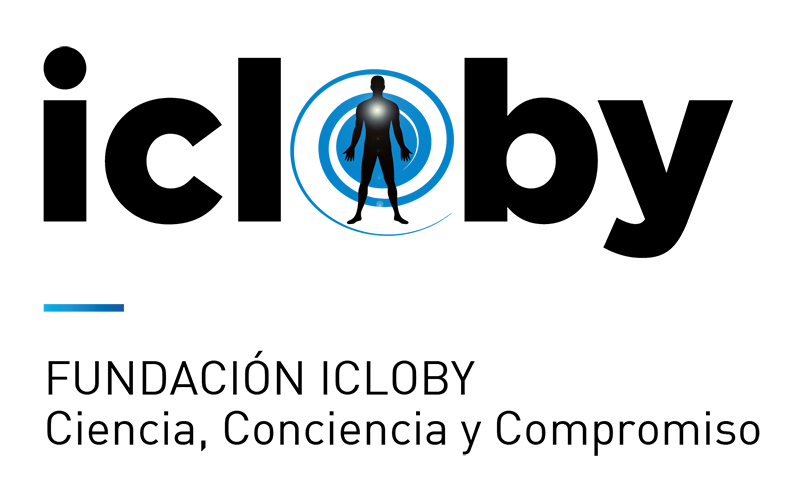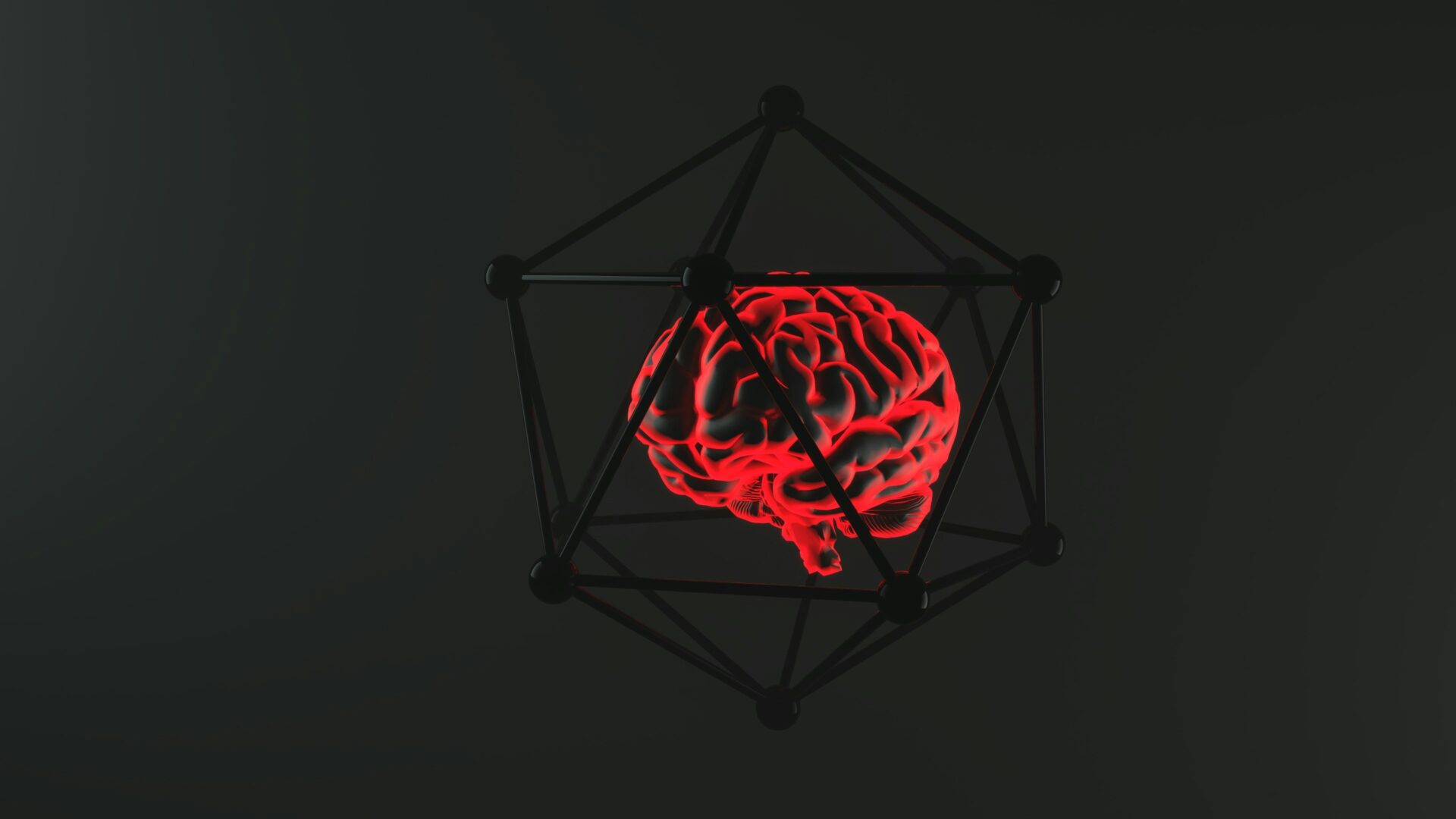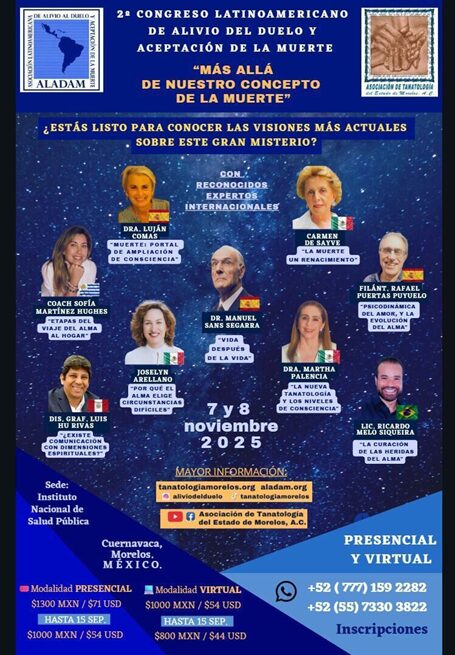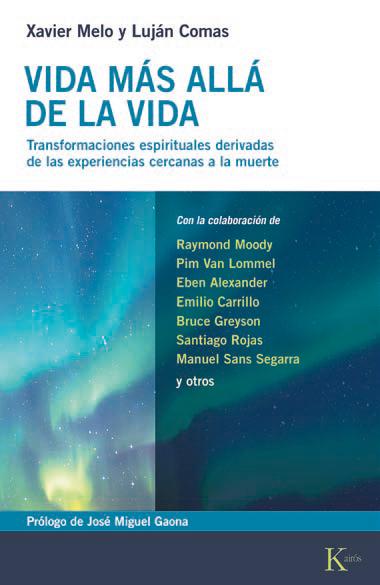When Dr. Sam Parnia—Director of Critical Care and Resuscitation Research at NYU Grossman School of Medicine—gives an interview, his statements always attract attention due to his unique approach to understanding Near-Death Experiences (تجارب الاقتراب من الموت). هذه المرة, his interviewers were Levine and Duennweller, who had the opportunity to engage in a deep conversation with him.
For Parnia, the very term “NDE” is poorly defined. He prefers instead to call them Real Death Experiences (RDEs), or REDs for short.
Parnia speaks of possible brain activity after cardiac arrest, even when the rest of the brain shows no activity. This potential residual activity would correspond to RDEs, أيّ, as we now understand, are neither illusory nor hallucinatory. Rather, they involve a dimension of consciousness that does not occur in its ordinary state.
According to the cardiologist, RDEs seem to confirm what religious traditions have long suggested: that our memories, thoughts, and emotions do not vanish with death, and that science is finally beginning to investigate this.
لكن, these experiences—and what science is uncovering about them—appear to transcend any specific religious doctrine. People of faith do not necessarily experience what their tradition teaches, while atheists and agnostics often report phenomena strikingly similar to those described by believers.
Parnia concludes the interview by affirming that although science cannot verify the ultimate meaning of RDEs, it also cannot dismiss the accounts of those who report encounters with beings of light and other profound narratives.
llorens llorens أنا غارسيا





